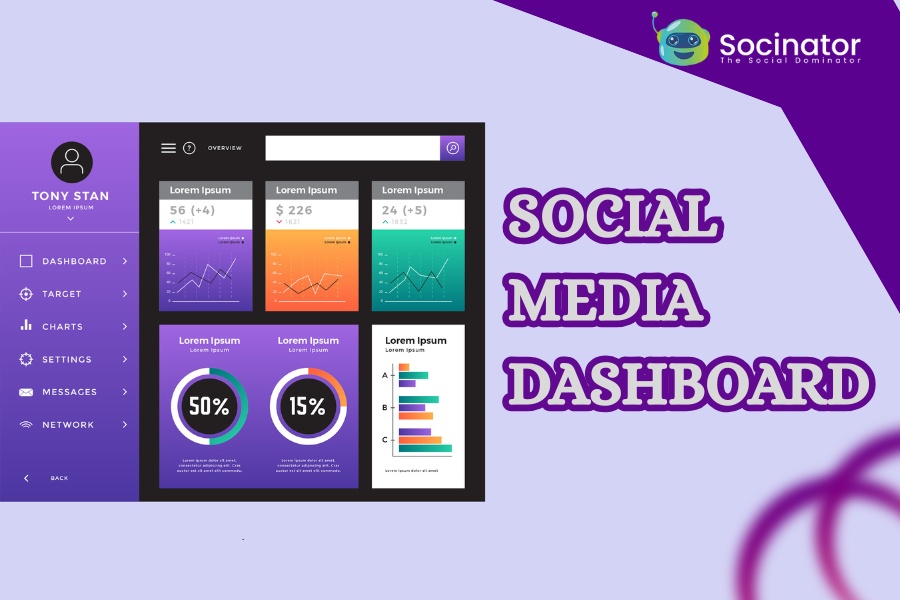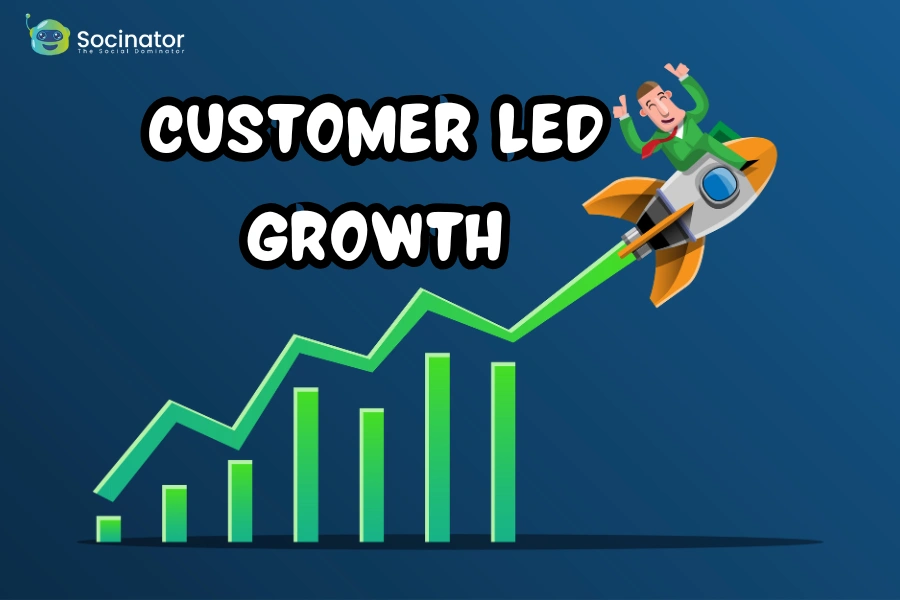A social media dashboard gives you full control over your online presence. It displays key metrics, allows quick scheduling, and helps you analyze performance from one place. Businesses and marketers rely on a powerful social media dashboard to save time, improve engagement, and scale faster. When used correctly, it acts as a command center that drives growth.
You don’t need to hop across platforms. One dashboard connects everything. Post content, track results, analyze your campaigns, and make informed decisions all from one screen. That’s the kind of performance boost your brand needs in 2025.
Listen To The Podcast Now!
What Is A Social Media Dashboard?
It is a central tool that helps manage multiple social media accounts. It tracks key performance indicators (KPIs), schedules posts, and provides insights. You no longer need to guess what works. The dashboard gives you clarity.
Many ask, What is a social media dashboard? Think of it as your mission control. From likes, comments, and shares to engagement, reach, and conversions, you see everything. It saves time, reduces errors, and improves social media strategy.
Why Do You Need A Social Media Dashboard In 2025?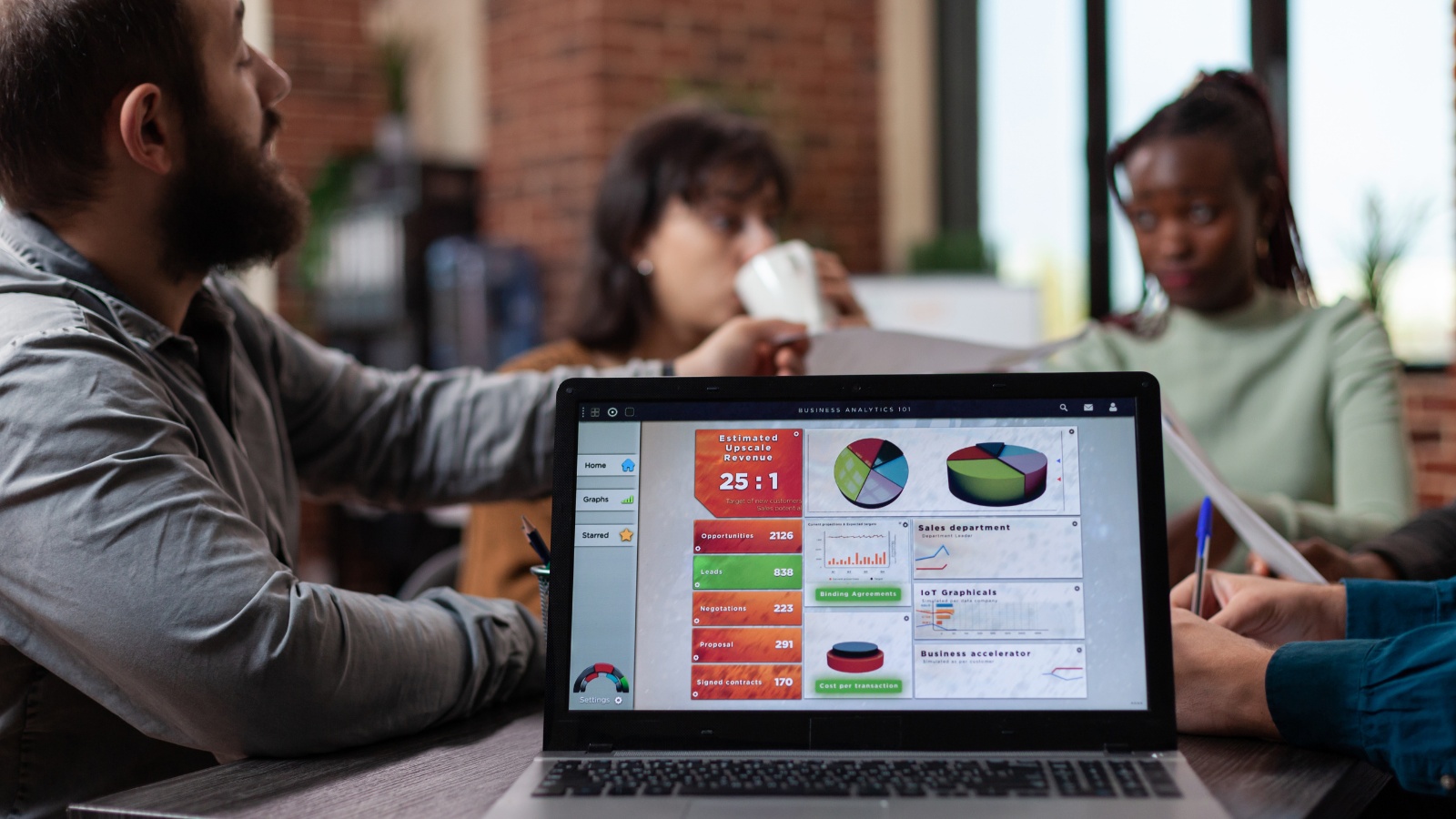
The digital space grows more competitive every day. New platforms, evolving algorithms, and rising user expectations demand smarter strategies. It helps you manage this complexity with precision.
When you use a dashboard, you centralize all your social media efforts. Instead of switching between tabs, apps, or tools, you manage everything from one clean interface. This setup saves time and helps you stay focused on what matters: results.
You also gain real-time access to performance data. Whether you track likes, clicks, shares, or conversions, a dashboard brings those numbers to you instantly. You don’t wait for weekly reports or guess which posts work. You get answers as they happen.
Planning content becomes smoother. You can schedule posts across platforms, monitor content calendars, and adjust strategies on the fly. This kind of control keeps your campaigns consistent and aligned with your goals.
Team collaboration improves, too. Everyone sees the same data, follows the same content plan, and tracks the same metrics. A dashboard keeps your team on the same page, whether you’re a small business or a growing enterprise.
In 2025, success depends on speed, clarity, and adaptability. It gives you all three. It helps you reduce errors, cut back on repetitive tasks, and focus your energy where it counts, building meaningful engagement and driving real results.
Key Features Of A Great Social Media Management Dashboard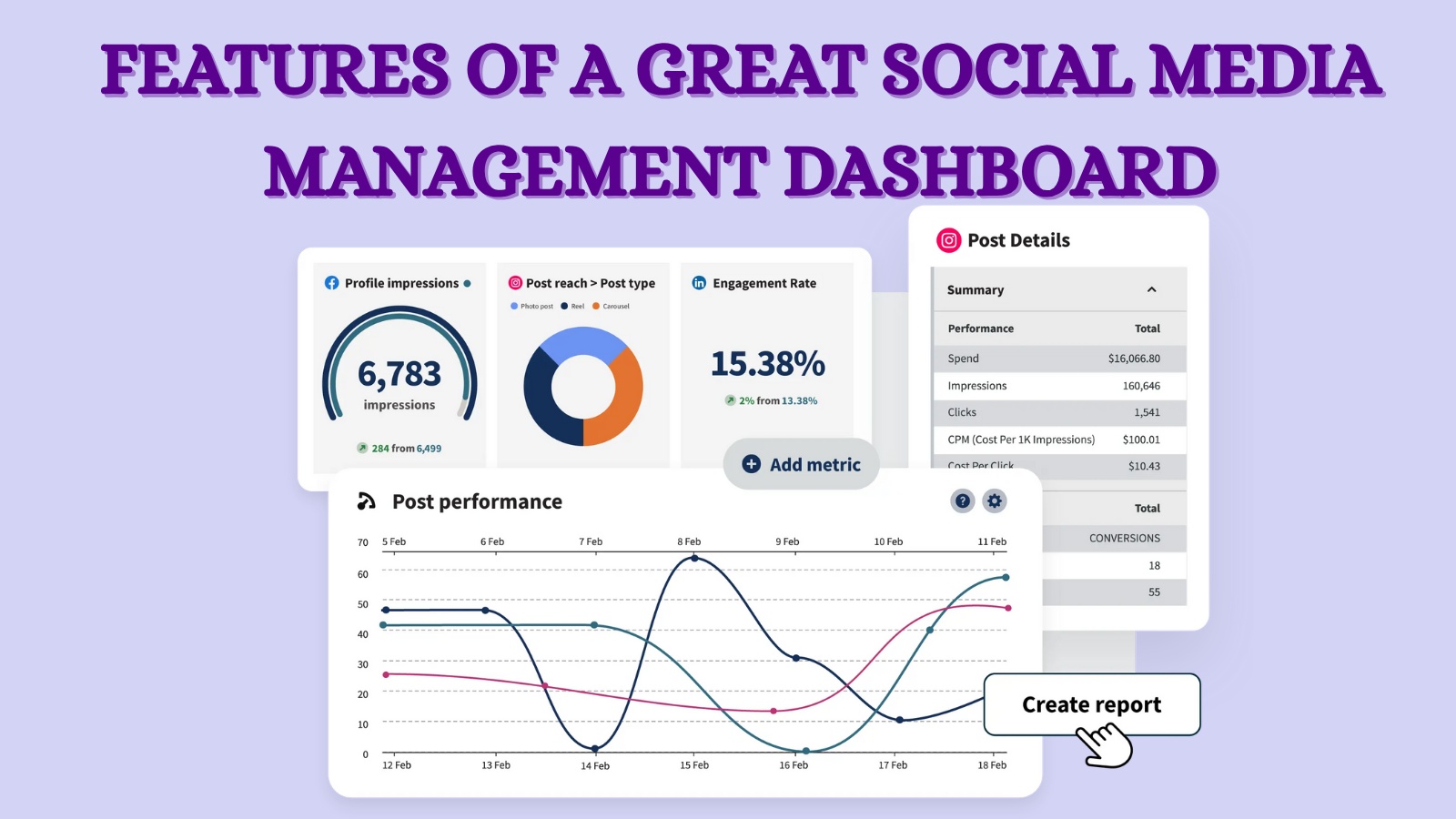
Not all dashboards offer the same level of performance. The best social media management dashboards provide powerful features that help marketers, brands, and agencies stay in control. Here’s a closer look at the essential features that define a high-quality dashboard:
1. Unified Account Management
A great dashboard connects all your social media accounts in one place. Whether you manage Instagram, Facebook, Twitter, LinkedIn, or Pinterest, the dashboard lets you handle everything without switching platforms. You can log in once, then manage posts, view analytics, and monitor audience activity across channels. This unified setup saves time, improves workflow, and keeps your efforts consistent.
2. Real-Time Analytics
You need insights right when they happen. A high-performing dashboard offers real-time analytics that show how your posts perform the moment they go live. You see likes, comments, shares, clicks, impressions, and engagement as they happen. These immediate results help you react quickly, adjust content, and capitalize on what works without waiting for end-of-week reports.
3. Post Scheduling and Automation
Planning content becomes easier with post-scheduling tools. You choose the best times to publish, and the dashboard does the rest. Instead of manually posting every time, the system automates it across all platforms. This feature ensures consistency, keeps your audience engaged, and helps maintain your content calendar without constant supervision.
4. Performance Tracking for Each Platform
Every social media platform behaves differently. What works on Twitter might not perform well on Instagram. A great dashboard breaks down performance by platform. You can view which channels drive the most engagement, which posts get the best results, and how your followers respond on each network. This clarity allows you to customize your content strategy for each audience.
5. Engagement Insights
It’s not just about numbers, it’s about how people respond. A strong dashboard provides detailed engagement insights. You learn which posts create conversations, what type of content encourages shares, and when your audience interacts most. These insights guide your content planning and help you build deeper connections with your followers.
How To Make A Social Media Dashboard From Scratch?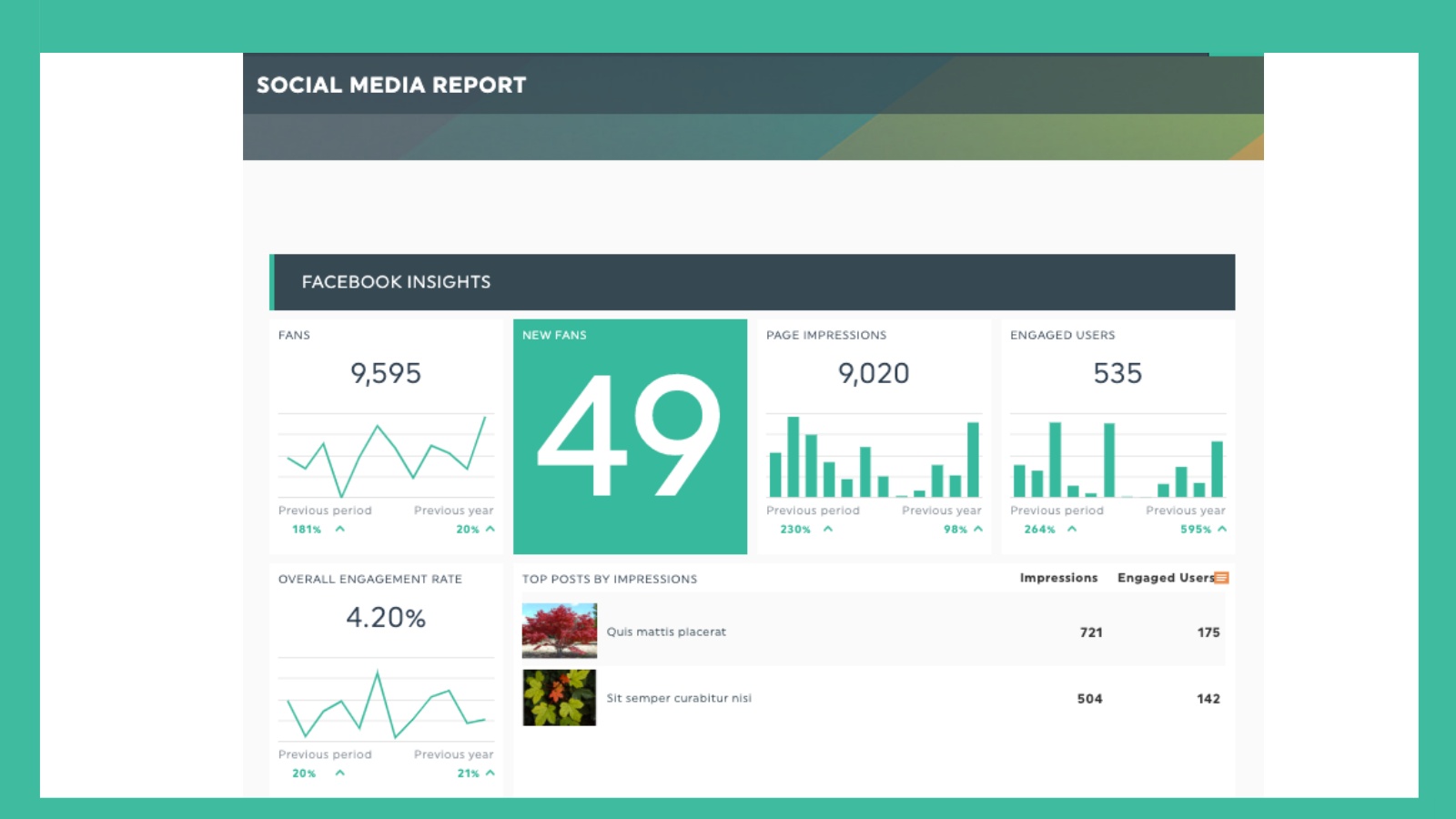
Creating your social media dashboard begins with a clear plan. You need to define your goals and know exactly what to track. Here’s a step-by-step approach to help you build a custom dashboard that fits your brand’s needs:
1. List the Social Media Platforms You Manage
Start by writing down all the platforms you want to track: Instagram, Facebook, Twitter, LinkedIn, Pinterest, or any others. This helps you stay organized and ensures the dashboard includes every channel in your strategy.
2. Choose the Right Metrics
Decide which metrics matter most for your goals. If you want more reach, focus on impressions and audience growth. If conversions drive your success, track click-through rate (CTR), website visits, and lead captures. Common metrics include engagement rate, follower growth, shares, and post reach.
3. Select a Dashboard Tool That Supports All Your Platforms
Look for a tool that connects seamlessly with the platforms you use. Software like Socinator supports multiple accounts and offers automation, scheduling, and analytics in one place. This type of platform reduces manual work and streamlines your social media workflow.
4. Connect Your Accounts and Add Key Widgets
After choosing the tool, link your social media profiles. Most tools allow you to add widgets or data blocks that show real-time stats. Add only the most important widgets so your dashboard stays clean and easy to use.
5. Set Up a Functional Layout
Organize your dashboard to make high-priority data easy to spot. Put performance metrics like engagement and reach at the top. Group your channels in separate sections so you can compare them easily. A good layout improves decision-making and keeps your focus on results.
6. Use Manual or Automated Tools
If you prefer a hands-on method, build your dashboard using Google Sheets or Google Data Studio. These tools give full customization but take more time to set up. For faster results and better automation, use dashboard software like Socinator to manage everything efficiently.
Social Media Dashboard Template: What To Include
A powerful social media dashboard template gives structure to your reporting and highlights what drives performance. Instead of scrambling through raw data or multiple tabs, this template brings everything into one clear view. You understand what works and what needs adjustment instantly.
Here’s what every effective social media dashboard template must include:
1. Daily, Weekly, and Monthly Engagement Numbers
Track how many likes, shares, comments, and clicks you receive over time. Breaking it down by day, week, and month helps you spot patterns and measure the impact of specific campaigns.
2. Platform-Specific Growth
Every social platform performs differently. Measure follower growth, engagement, and activity on each network separately. This helps you tailor your content to each audience and platform.
3. Top-Performing Posts
Highlight posts with the highest engagement. Identify what made them successful: caption style, posting time, visual elements, or topic. Use this insight to replicate strong results.
4. Posting Frequency
Monitor how often you publish content on each platform. Compare your posting schedule with your engagement rate to find the right balance. Too few posts might hurt visibility, while too many may reduce impact.
5. Traffic Sources from Social Channels
Track social media to see how many website visitors come from each social platform. Knowing where your traffic originates helps you allocate effort and budget where it matters most.
6. Click-Through Rates (CTR)
Measure how often users click on your links compared to how many saw your posts. A high CTR shows that your content encourages action. A low CTR might mean you need stronger calls to action.
7. Hashtag Performance
Review which hashtags drive more reach and engagement. This helps you choose the most effective tags for future posts and expand your visibility to new audiences.
A well-structured template does more than report numbers. It acts as a performance of a social media tracker that uncovers both strengths and missed opportunities in your strategy. With the right template, you make decisions based on facts, not assumptions.
Read More!
How To Create A Social Media Dashboard: With Examples
Social Media Tracker 101: An Informative Guide
The Best Social Media Reporting Dashboard Metrics To Track
Your social media reporting dashboard works best when it tracks the right data. Numbers alone don’t tell the full story. You need actionable metrics that reveal what drives engagement, traffic, and results. Here are the most valuable metrics every dashboard must display:
1. Impressions
Impressions show how often your content appears on users’ screens. A high number of impressions means your content reaches more people, but it doesn’t confirm whether they interact with it. Use this metric to understand visibility trends across platforms.
2. Reach
Reach refers to the total number of unique users who see your content. Unlike impressions, it counts each user only once. This metric helps you measure how far your content spreads and whether you attract new viewers or repeatedly target the same audience.
3. Engagement Rate
Engagement rate compares interactions (likes, comments, shares, saves) with total reach. This percentage shows how well your audience connects with your content. A high engagement rate signals relevance and quality, while a low rate suggests a need for a change in content style or format.
4. Follower Growth
Follower growth tracks how quickly your audience expands over time. This metric reveals if your content attracts and retains interest. You can also use it to measure the impact of specific campaigns, promotions, or collaborations on your community size.
5. Referral Traffic
Referral traffic tells you how many website visitors come from your social media platforms. This metric helps connect your content with real business outcomes like product views, sign-ups, or blog visits. Knowing which platforms bring in the most visitors allows better resource allocation.
Building A Social Media Analytics Dashboard: A Step-by-Step Guide
A successful social media analytics dashboard begins with a plan. Without clear direction, your dashboard turns into a cluttered screen of disconnected numbers. You need structure, purpose, and simplicity. Follow these steps to build a powerful dashboard that delivers insights, not confusion.
1. Set Clear Goals
Start with one question: what do you want to measure? Your goal defines the metrics, layout, and tools you use. You may focus on brand awareness, lead generation, website traffic, or conversion rates. A brand focused on awareness may track reach and impressions, while an e-commerce store might prioritize clicks and sales.
2. Choose the Right Metrics
Once you define your goals, pick the metrics that match them. For example:
- For engagement goals: use likes, shares, comments, and saves.
- For growth: use follower count and audience demographics
- For conversions: track click-through rate (CTR), referral traffic, and sign-ups.
Avoid vanity metrics that don’t reflect progress. Focus on numbers that move your strategy forward.
3. Select a Tool That Supports All Your Social Channels
Choose a platform that connects all your accounts in one place. The best tools, like Socinator, let you manage Facebook, Instagram, Twitter, Pinterest, LinkedIn marketing software, and more from a single dashboard. With full integration, you avoid logging into each account and manually pulling data.
4. Add Visuals That Make the Data Easy to Read
Numbers alone don’t tell the full story. Use bar charts, line graphs, and pie charts to visualize your metrics. These visuals help you spot trends, compare performance, and identify outliers. Make sure your dashboard remains simple; don’t overload it with unnecessary visuals.
5. Organize the Layout Based on Priorities
Structure your dashboard so the most important metrics appear at the top. Group your metrics by platform, campaign, or objective. For example, keep Instagram analytics in one section and Facebook in another. This clean layout helps you navigate data faster and take action without delay.
When done right, your social media analytics dashboard becomes a decision-making tool. It shows what works, what needs fixing, and where to focus your next move. Think of it as your control tower; it guides your content strategy with confidence and clarity. Without it, you’re flying blind.
How Socinator Enhances Your Social Media Dashboard Experience?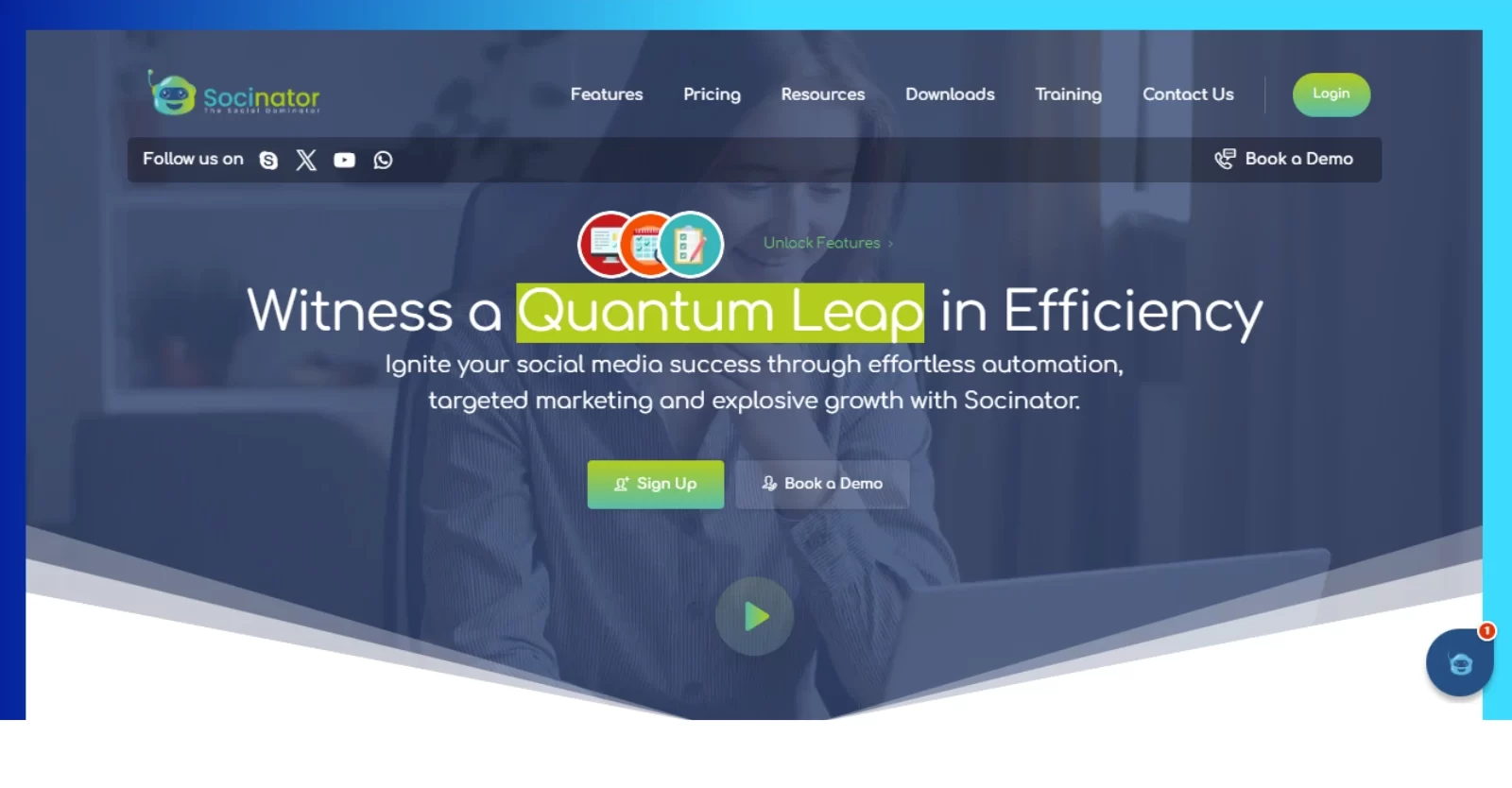
Socinator offers a complete social media management software solution for handling all your online activities efficiently. It brings every essential feature into one platform designed to simplify your workflow, amplify your results, and help you scale with ease. Whether you’re new to dashboards or already using one, Socinator delivers social media automation, insights, and control without the clutter.
Social Media Scheduling
Plan and publish content effortlessly across multiple platforms. Socinator allows you to schedule posts for Instagram, Facebook, Twitter, and more, all from a single dashboard without constant switching. As a social media automation tool, it ensures timely posting with minimal manual effort.
Content Management
Stay organized and on schedule with real-time content control. Socinator lets you draft, edit, and manage posts across various accounts while helping you meet deadlines and never miss key publishing moments. It’s more than just a dashboard; it’s a fully equipped social media management software platform.
Audience Targeting
Reach the right people with precise audience targeting. Socinator includes smart filters that help you segment and engage users who align with your brand goals, saving time and boosting visibility. Thanks to social media automation, your targeting becomes more consistent and efficient.
Analytics and Insights
Track what matters without digging through data. Socinator delivers engagement stats, impressions, likes, clicks, and conversions right on your dashboard, helping you see what’s working at a glance.
Automation Tools
Reduce manual effort with powerful automation. Socinator performs tasks like follows: unfollows, likes, comments, and shares on your behalf around the clock. This makes it one of the most reliable social media automation tools available today, freeing up your time for strategy and creativity.
Account Security
Operate safely with built-in protection. Socinator applies encrypted login and behavior-based activity limits that keep your social accounts secure and compliant with platform standards.
Final Thoughts
Using a powerful social media management software keeps your team aligned and your goals in sight. It improves decisions, tracks real results, and creates room for consistent growth.
Socinator enhances this process by blending social media automation with smart strategy. If you’re ready to simplify your efforts and grow with precision, your next step starts with the right dashboard, and Socinator delivers just that.
FAQs
- What is a social media dashboard, and how does it work?
A social media dashboard is a tool that helps manage, monitor, and analyze multiple social media accounts from one place. It allows you to schedule posts, track performance metrics, and get real-time insights to improve your overall strategy.
- Why should I use a social media dashboard for my business?
Using a social media dashboard saves time, reduces manual tasks, and gives a complete view of your brand’s performance across platforms. It helps you stay consistent, make data-driven decisions, and grow your online presence more efficiently.
- Can I track all my social media accounts from one dashboard?
Yes, a good social media dashboard connects with major platforms like Instagram, Facebook, Twitter, LinkedIn, and Pinterest. You can manage multiple accounts, monitor engagement, and compare results all in one unified view.
- What are the most important metrics to track in a social media dashboard?
Key metrics include engagement rate, reach, impressions, follower growth, click-through rate (CTR), and referral traffic. Tracking these helps you measure success and optimize your content strategy.

